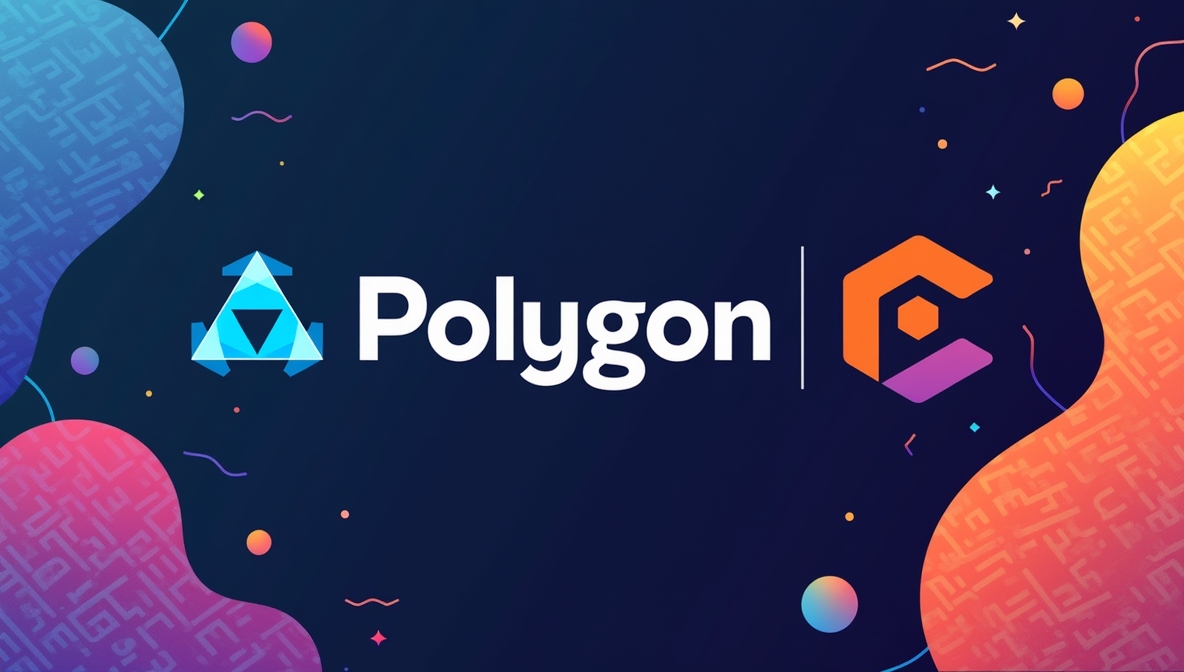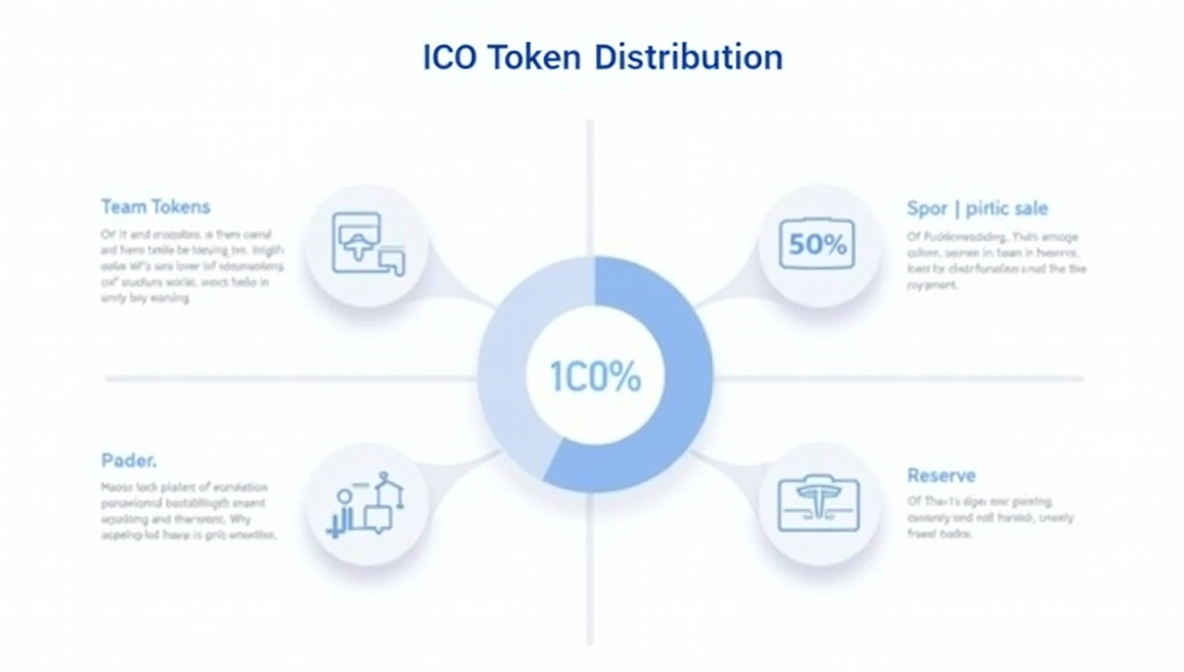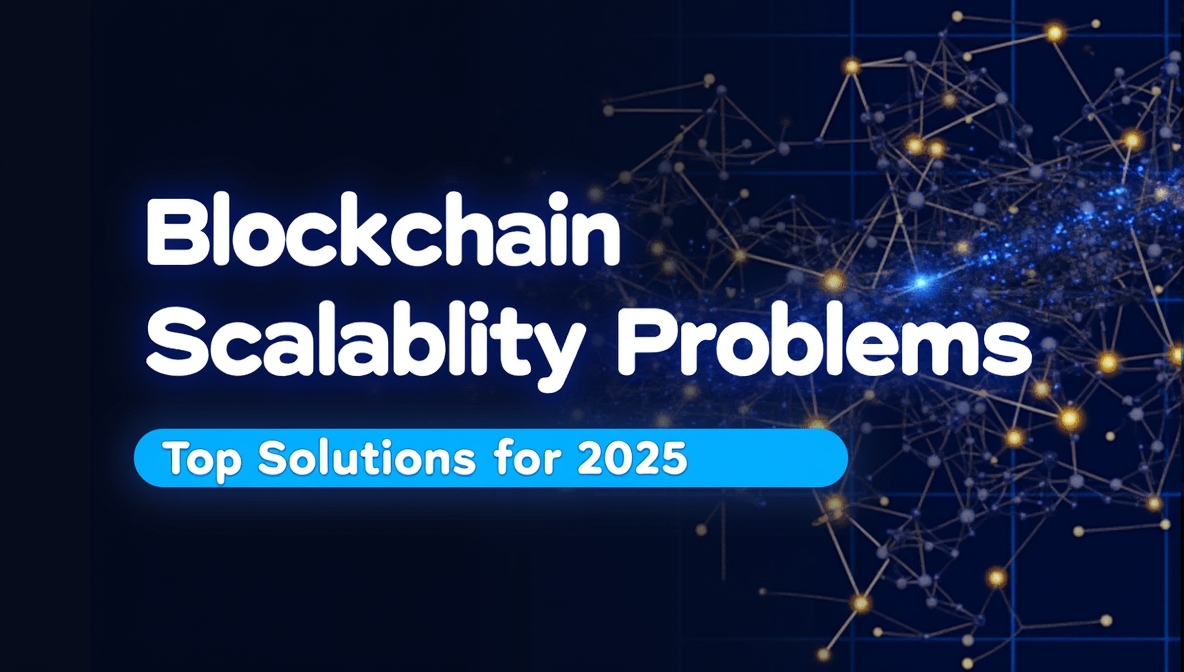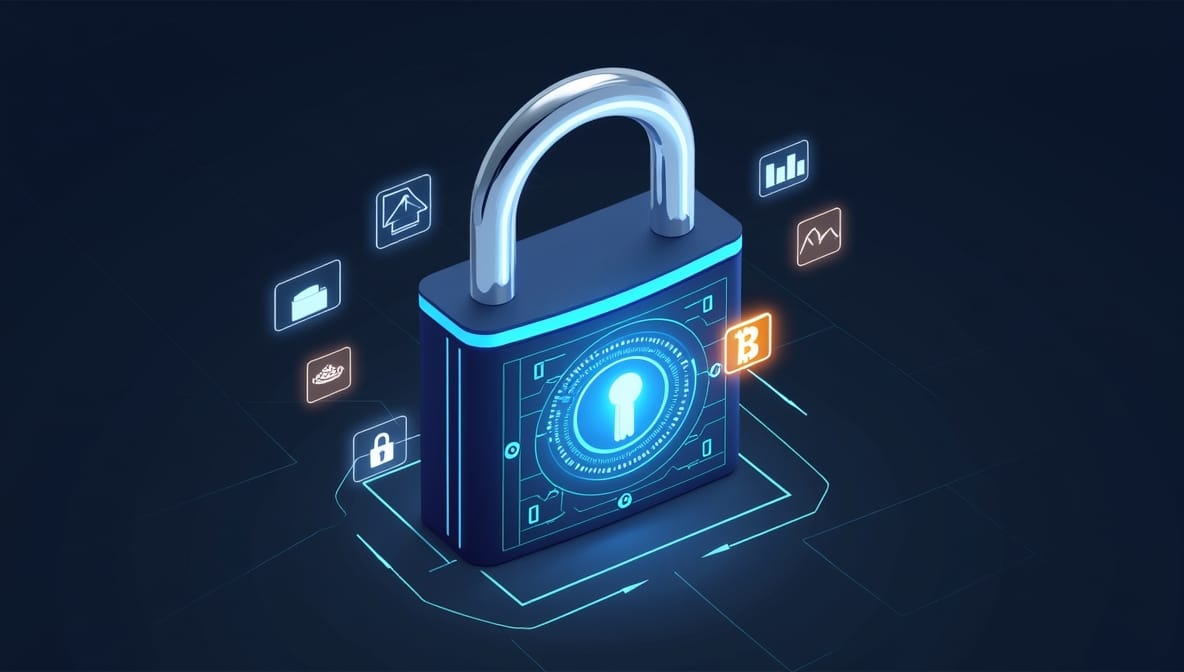Student loan debt has reached unprecedented levels, with Americans carrying over $1.7 trillion in educational debt. Traditional lending systems are failing both students and investors, creating barriers that limit access to quality education.
But what if there was a way to completely reimagine how we fund education? Blockchain-based tokenization is emerging as a revolutionary solution that promises to transform student loan systems through transparency, efficiency, and global accessibility.
The Student Debt Crisis Meets Blockchain Innovation
The current student loan landscape is broken in fundamental ways. The Education Data Initiative states that as of the fourth quarter of 2024, total student loan debt in the United States has reached $1.777 trillion, reversing the brief decline seen in 2023. Federal loans make up $1.693 trillion, accounting for 92.2% of all student debt, while private loans comprise the remaining 7.79%. The average federal student loan balance is $38,375, and including private loans, the average climbs to $41,618. Notably, 4.86% of federal student loan dollars were in default as of Q4 2024. Overall, student loan debt is once again on the rise, increasing by 2.77% year-over-year—the fastest pace since 2021—signaling a return to pre-pandemic growth levels.
Students face complex terms, limited transparency, and rigid repayment structures that don’t adapt to their real-world circumstances. Meanwhile, traditional lenders operate with high overhead costs and limited risk distribution options.
Blockchain technology offers a completely different approach. By tokenizing student loans, we can create digital representations of debt that can be traded, managed, and structured in ways that benefit both borrowers and lenders.
The transformation is already happening. Spuerkeess, a forward-thinking financial institution, reports that 80% of its student loans are now blockchain-based. Students using their platform don’t even realize they’re interacting with blockchain technology—it simply works better.
Breaking Down Blockchain-Based Student Loan Tokenization
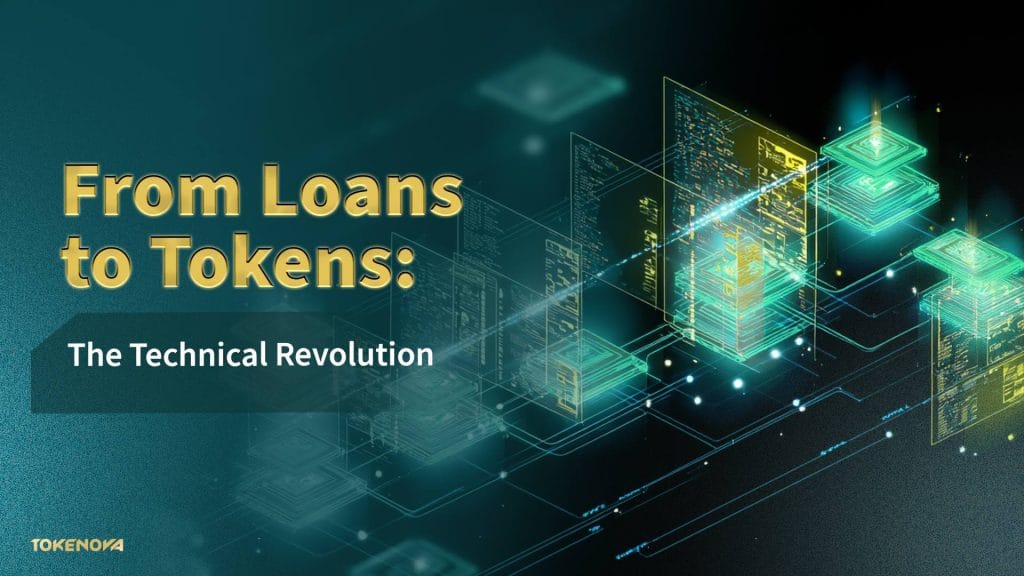
Tokenization converts traditional student loans into digital tokens that exist on a blockchain network. Each token represents a portion of the loan, complete with all terms, conditions, and repayment schedules encoded directly into the blockchain.
This process creates unprecedented transparency. Every transaction, payment, and modification is recorded immutably, giving both students and investors complete visibility into the loan’s status. Unlike traditional systems where terms can be buried in complex documentation, blockchain-based loans put everything in the open.
The technical infrastructure relies on smart contracts—self-executing agreements that automatically enforce loan terms. When a student makes a payment, the smart contract immediately updates all relevant records and distributions. This automation reduces administrative costs significantly, savings that can be passed on to borrowers through better rates.
Read More: What Assets Can Be Tokenized
Peer-to-Peer Lending: Connecting Students with Global Capital
Traditional student loans flow through banks and government programs with limited flexibility. Blockchain tokenization opens up entirely new funding sources through peer-to-peer lending networks.
Investors worldwide can now participate in funding education by purchasing tokenized loan shares. A teacher in Japan might help fund a medical student in Kenya, while a retiree in Germany supports a computer science program in Brazil. This global approach dramatically expands the available capital pool.
Pencil Finance demonstrated this potential by securing $10 million in funding specifically for blockchain-based student loans. Their platform connects global investors with trusted student loan originators through tokenized loan bundles, creating transparency and better terms for all parties.
The peer-to-peer model also enables more flexible risk assessment. Instead of relying solely on credit scores, blockchain platforms can consider factors like academic performance, field of study, and even social connections to create more holistic lending decisions.
Read More: DeFi Loan Mechanisms: Crypto Lending Explained
Smart Contracts Automating Repayment and Terms
Smart contracts eliminate much of the friction in traditional loan management. These self-executing programs automatically handle payments, calculate interest, and even adjust terms based on predetermined conditions.
For students, this means simplified repayment processes. Instead of navigating complex payment systems or dealing with customer service representatives, payments are processed automatically when due. Late fees and penalty calculations happen transparently, with no hidden charges or surprise bills.
The automation extends to more sophisticated arrangements. Smart contracts can implement income-driven repayment plans that automatically adjust based on the borrower’s verified income data. If a graduate faces unemployment or reduced income, the contract can automatically modify payment schedules without requiring lengthy approval processes.
This automated flexibility addresses one of the biggest pain points in traditional student lending – the inability to quickly adapt to changing financial circumstances. Smart contracts make loan management more humane while reducing administrative overhead for lenders.
This challenge isn’t theoretical—it’s happening in real institutions right now.
Based on the article “Enhancing Financial Efficiency in Higher Education Institutions: A Case Study on Implementing an ERC-20 Token as a University-Specific Currency,” written by Umaru Emmanuel Isaac, in a university he collaborated with, the finance team was operating on a deeply customized legacy system that had grown increasingly fragile over the years. In an effort to modernize, they introduced Power BI to generate real-time financial reports. But instead of improving insight, they ran into significant friction.
The legacy infrastructure lacked modern APIs, making direct data integration nearly impossible. As a workaround, the team had to rely on manual data exports, custom scripts, and Excel transformations just to generate basic reports. Each reporting cycle became a time-consuming, error-prone ordeal. Finance leaders couldn’t get timely data, and trust in the reports deteriorated.
This experience illustrates a key limitation of traditional loan systems: their rigidity. Without automation, interoperability, and transparency, even well-intentioned efforts to modernize fall short. This is exactly where blockchain and smart contracts offer a leap forward—by building flexibility and trust into the system from the foundation up.
If you’re feeling overwhelmed by the regulatory requirements we just discussed, you’re not alone. Many businesses find navigating these complexities challenging without proper guidance. Speaking with our tokenization experts can help clarify your specific situation and next steps.
Real-World Success Stories: From Pencil Finance to Spuerkeess
The blockchain student loan revolution isn’t theoretical—it’s happening now with measurable results. Pencil Finance’s approach demonstrates how tokenization can attract significant institutional investment while improving borrower outcomes.
Their platform tokenizes student loans from Southeast Asia and America, bringing them onto blockchain networks where they can be traded and managed more efficiently. The $10 million in backing from Animoca Brands and Open Campus validates the commercial viability of this approach.
Spuerkeess offers another compelling case study. By implementing blockchain infrastructure for their student loan portfolio, they’ve achieved remarkable adoption rates while maintaining user-friendly interfaces. Students interact with familiar application processes while benefiting from blockchain’s transparency and efficiency behind the scenes.
These implementations prove that blockchain student loans aren’t just experiments—they’re becoming practical alternatives to traditional lending. The technology has matured to the point where it can handle real-world complexity while delivering tangible benefits.
Read More: How to Invest in Tokenized Assets: Your Comprehensive 2025 Guide
Income Share Agreements Enter the Blockchain Era
Income Share Agreements (ISAs) represent one of the most innovative applications of blockchain in education finance. These agreements allow students to receive funding in exchange for a percentage of their future earnings, aligning the interests of funders and students.
Blockchain tokenization makes ISAs more practical and transparent. Smart contracts can automatically calculate and collect payments based on verified income data, while tokens representing ISA shares can be traded among investors to create more liquid markets.
This approach particularly benefits students in fields with uncertain income prospects. Instead of taking on fixed debt obligations, they can share both the risks and rewards of their education investment with funders who believe in their potential.
The tokenization of ISAs also enables more sophisticated risk management. Investors can diversify across multiple students, fields of study, and geographic regions, creating more stable returns while providing students with better terms than traditional loans might offer.
Challenges and Future Outlook
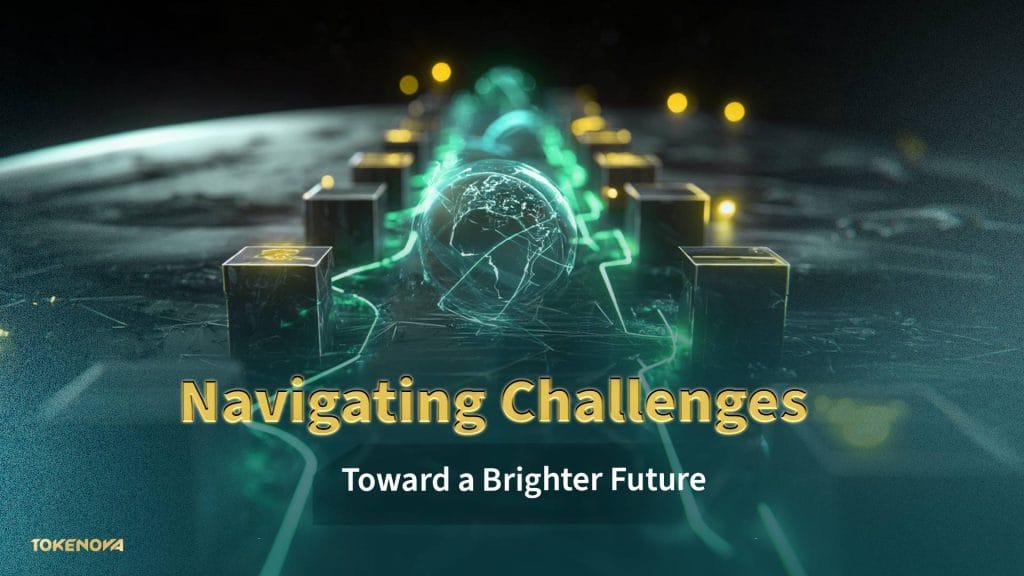
Despite promising developments, blockchain-based student loan systems face significant challenges. Regulatory frameworks are still evolving, with different jurisdictions taking varying approaches to tokenized financial products.
Technical challenges remain as well. Blockchain networks must handle sensitive financial data while maintaining privacy and security. Integration with existing educational and financial systems requires careful planning and significant technical expertise.
However, the trajectory is clear. The global student loan market, valued at approximately $2.8 billion in 2024 and projected to reach $6.3 billion by 2034, represents an enormous opportunity for blockchain innovation. As regulatory clarity improves and technology matures, blockchain-based student loans are positioned to become mainstream financial products.
The transformation promises benefits for all stakeholders: students get better terms and more flexibility, investors access new asset classes with transparent returns, and society benefits from more efficient education funding that can expand access to quality education globally.
Transform Your Financial Operations with Tokenova
If your institution is struggling with outdated systems and siloed data, it’s time to embrace modern solutions that offer transparency, automation, and real-time insights. Tokenova integrates seamlessly with your existing infrastructure, replacing legacy systems with smart, blockchain-based contracts that automate processes and deliver instant, trustworthy reports. Ready to streamline your operations and cut through the complexity?
Contact us today to schedule a demo and see how we can help you reduce administrative burden, eliminate data silos, and transform your financial processes.
How do blockchain-based student loans differ from traditional loans?
Blockchain loans offer greater transparency, automated processing through smart contracts, and the ability to connect borrowers with global capital markets. Terms are encoded directly into the blockchain, making them immutable and transparent.
Are blockchain student loans safe and regulated?
Leading platforms work within existing regulatory frameworks and implement robust security measures. However, as with any financial innovation, borrowers should carefully research platforms and understand the regulatory environment in their jurisdiction.
Can blockchain student loans offer better interest rates?
Potentially yes, due to reduced administrative overhead and access to global capital markets. However, rates depend on individual risk profiles and market conditions, just like traditional loans.
Do I need to understand blockchain technology to use these loans?
No, most platforms provide user-friendly interfaces that hide the technical complexity. Many borrowers, like those using Spuerkeess, don’t even realize they’re using blockchain technology.
What happens if the blockchain platform fails?
Reputable platforms implement safeguards and recovery mechanisms. The immutable nature of blockchain records also provides additional security compared to traditional databases that can be lost or corrupted.
Have questions about implementing these strategies in your business? Share them in the comments below – we read and respond to every one. Want to stay updated on the latest blockchain and tokenization insights? Subscribe to our newsletter for practical tips and industry updates delivered directly to your inbox.



